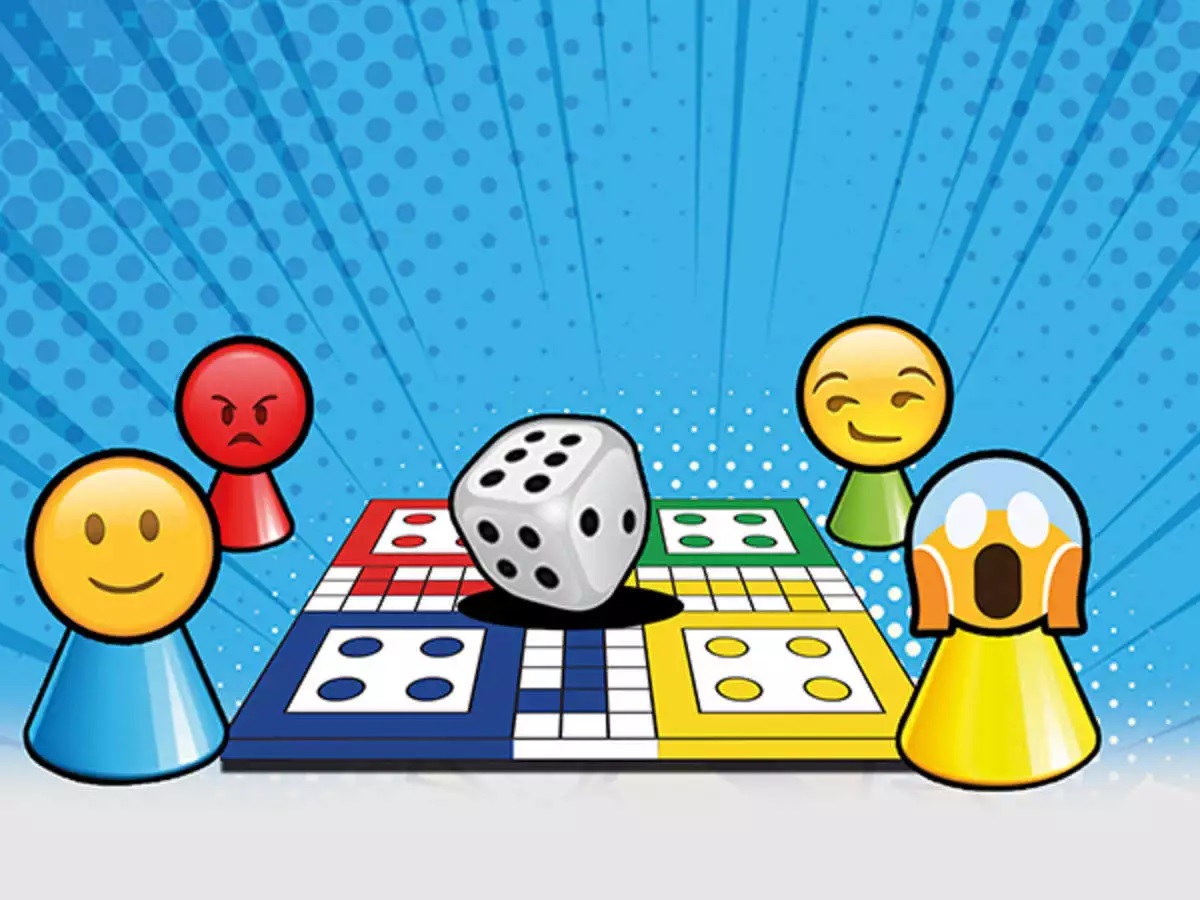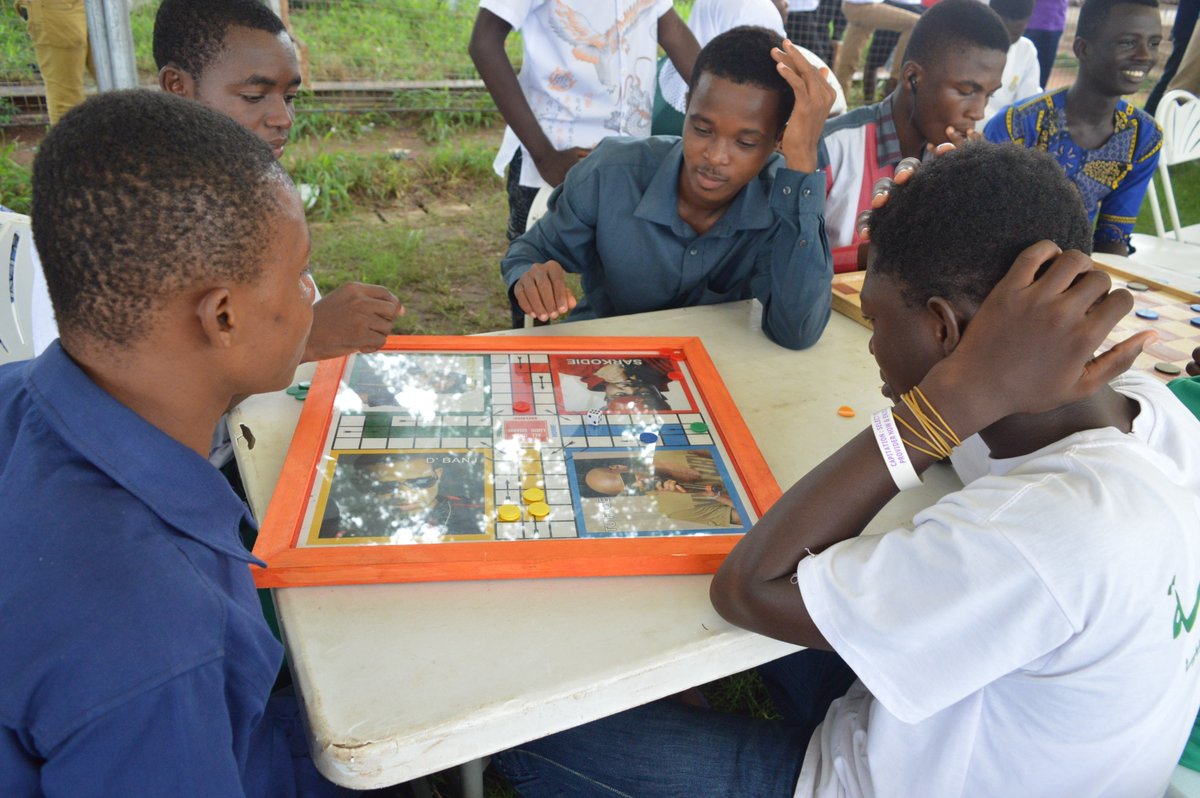Introduction
Ludo is a strategy board game for two to four players, in which the players race their four tokens from start to finish according to the rolls of a single die. Like other cross and circle games, Ludo is derived from the Indian game Pachisi, but simpler. The game and its variations are popular in many countries and under various names.
Ludo is a highly simplistic version of Pachisi, a game that originated in the 6th century in India. This game is played by younger children all over the country. In this board game 2 to 4, players race their tokens from start to finish according to the dice rolls. Various variations are seen in the way people play Ludo.
Membership to the Africa Ludo Federation (ALF) is obtained through payment of membership and subscription fees as prescribed and determined by the federation’s General Assembly then implemented or executed by the leadership.
The current ten (10) member states include: Uganda, South Africa, Malawi, South Sudan, Tanzania, Bokinafaso, Algeria, Rwanda, Zimbabwe, and Ghana all having their home ludo entities (Associations and Federations respectively.)


How to Play
A Ludo board is in the shape of a cross, each arm being divided into three adjacent columns of six squares. The middle squares form the home column for each color and cannot be landed upon by other colors. The middle of the cross forms a large square which is the 'home' area and which is divided into 4 home triangles, one of each color. At each corner are colored areas where the pieces are placed to begin. The typical colors seen in Ludo boards are bright yellow, green, red, and blue.
Each player is assigned a colour and has four tokens of matching colour. The players put their tokens in the starting circle. The movement of the tokens is determined by the dice. During game play the token moves clockwise from the starting square around the perimeter of the board, and up the player's home column to the finishing square. Players are not allowed to move a token out of the starting area unless they roll a 6 on the dice. In this game, players have to carefully play their token or they run the risk of sending it back to the starting point to start all over again. When a player 1’s token lands on square that is already occupied by Player 2’s token of different color, Player 2’s token is returned to its starting point. Player who brings all their tokens to the finish wins the game.




